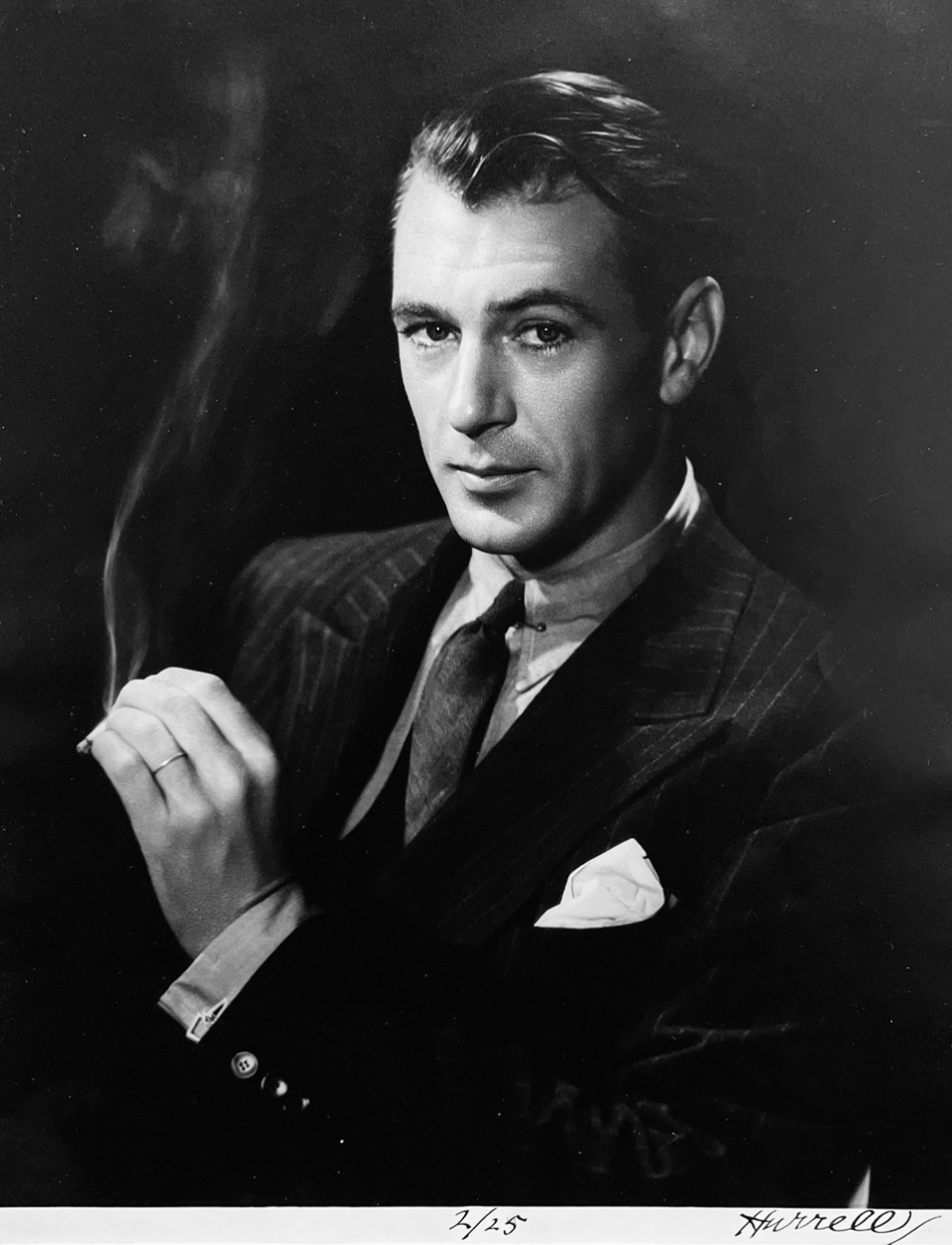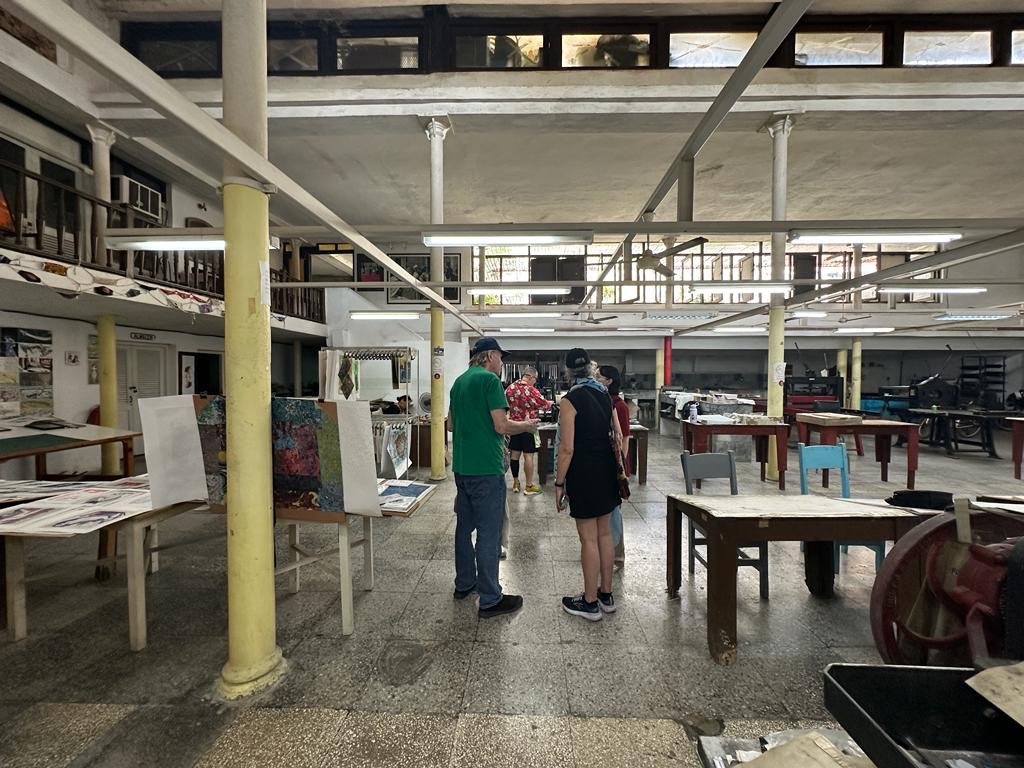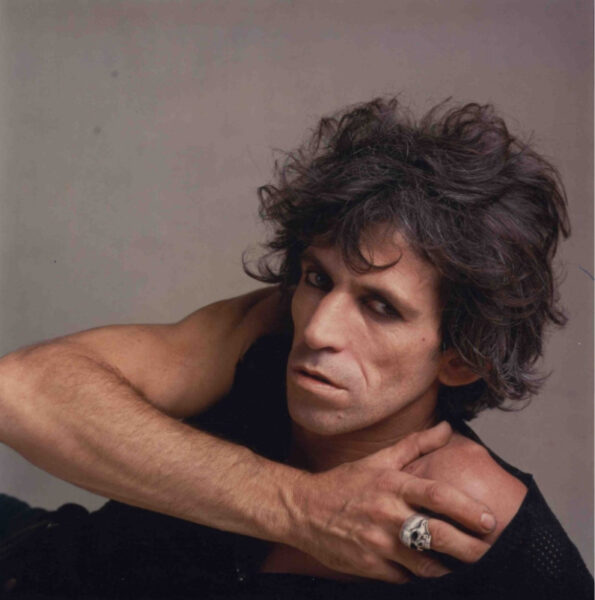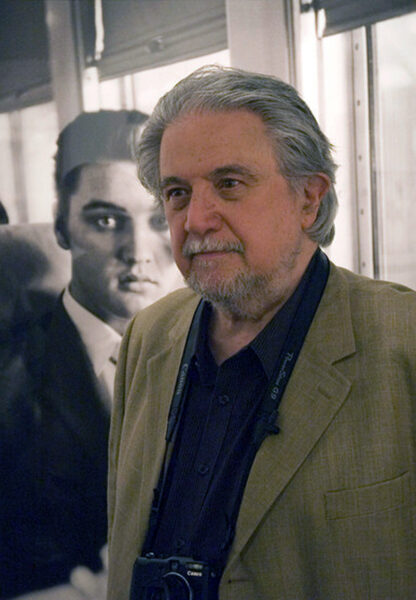Black is Beautiful, featuring LaMonte McLemore‘s JET photographs is scheduled to be published today by powerHouse Books.

Black is Beautiful book cover.
It was my great pleasure and honor to collaborate these last few years with LaMonte McLemore in making this book. LaMonte, a founding member of The 5th Dimension vocal group also spent four decades taking photographs for JET Magazine’s “Beauty of the Week” feature.

The 5th Dimension.
Working with scans made by LaMonte and his friend, Le Roy Graham, from the original color slides, and with essays by Sylvia Flanagan, Jayne Kennedy, Mickalene Thomas, and myself, Black is Beautiful documents the important legacy that JET Magazine’s photographs for its “Beauty of the Week” feature left on Black women and culture.
Mickalene Thomas writes in her essay, “During a tumultuous time in American History and the Civil Rights Movement, LaMonte McLemore’s work for JET and EBONY magazines served as a radical depiction of the Black female body as both effortlessly beautiful and exceedingly powerful.”
Just last month, LaMonte’s beautiful wife, Mieko, hosted a party to celebrate LaMonte and Black is Beautiful in Las Vegas at M Resort Spa Casino. Mieko organized a cocktail party and a sit-down dinner for 200 friends of LaMonte. Mieko asked me to give an audio/visual presentation for Black is Beautiful to LaMonte’s friends. It was a truly amazing evening celebrating LaMonte and his artistry. Enjoy these photos from that event.

Chris Murray enjoying his first look at Black is Beautiful in Las Vegas.

Friends of LaMonte at the M Resort.

Preparing for the evening celebration of LaMonte McLemore.

Elanda Carter, a Beauty of the Week featured in Black is Beautiful. Photo by LaMonte McLemore.

Checking out the audio/visual system before the dinner.

Chris Murray with Mieko McLemore.

Claudia Jordan, JET Beauty of the Week.

Chris Murray greeting LaMonte McLemore at the entrance to the cocktail and dinner party.

M.C. for the evening, Merald “Bubba” Knight Jr. with Bill Overton getting things started.

Chris Murray greeting Sylvia Flanagan, former Senior Editor at Johnson Publishing Company, who contributed an essay to Black is Beautiful.

Sylvia Flanagan, 1987. Photo courtesy of the Chicago Sun Times.

Jayne Kennedy, Chris Murray, and Carlotta Hester getting together at the dinner.

Jayne Kennedy on the cover of JET Magazine, celebrating the New Year in 1975.

Jayne Kennedy with Bobby Brooks Wilson, Jackie Wilson‘s son.

Mieko McLemore with Bobby Brooks Wilson’s wife, Gladys.

Sylvia Flanagan with Bobby Brooks Wilson.

Twins Andreini and Andreina McPhearson shot by LaMonte McLemore for JET Magazine.

Left to right, Sylvia Flanagan, Chris Murray, LaMonte and Mieko McLemore, Jayne Kennedy, and Le Roy Graham.

Destiny, a Beauty of the Week featured in Black is Beautiful. Photo by LaMonte McLemore.

Sylvia Flanagan, Jayne Kennedy, and Chris Murray with LaMonte’s fellow 5th Dimension band members, from left to right, Florence LaRue, Billy Davis Jr., and Marilyn McCoo.

JET Beauty of the Week Kathleen Bradley enjoying LaMonte’s photo of her in Black is Beautiful with Chris Murray and Jayne Kennedy.

An outtake from Lynette Roddy‘s “Beauty of the Week” feature. Photo by LaMonte McLemore.

Le Roy Graham chatting with Sylvia Flanagan while his wife, Linda, talks with Carlotta Hester.

Chris Murray with Sonny Porter, founder and president of Future Agency and Production Company.

Chris Murray with LaMonte’s daughter and JET Beauty of the Week, Ciara McLemore.

Ciara McLemore and her mother, Lisa Starnes, wearing the same bathing suit in JET’s Beauty of the Week.

Black is Beautiful.
Special thanks to Fabiola Castro at Govinda Gallery and Carlotta Hester for her photos.











































































































 Keith 1981, vintage photograph by Michael Halsband
Keith 1981, vintage photograph by Michael Halsband Alfred Wertheimer at his Grammy Museum exhibition, January 2010, Los Angeles.
Alfred Wertheimer at his Grammy Museum exhibition, January 2010, Los Angeles. With his RCA portable transistor 7 radio blasting away in the back of a local cab from the train station, Elvis is about to leave for the Hotel Jefferson, where he was staying. He had two performances that day, at the Mosque Theater that afternoon and evening. Richmond, VA. June 30, 1956. Photo by Alfred Wertheimer.
With his RCA portable transistor 7 radio blasting away in the back of a local cab from the train station, Elvis is about to leave for the Hotel Jefferson, where he was staying. He had two performances that day, at the Mosque Theater that afternoon and evening. Richmond, VA. June 30, 1956. Photo by Alfred Wertheimer. From left to right: Govinda Gallery Director Chris Murray, House Speaker Nancy Pelosi, and Alfred Wertheimer. Celebrating the launch of Alfred Wertheimer’s exhibition at the National Portrait Gallery in Washington, DC at a party at Halcyon House in Georgetown, hosted by John Dreyfuss and Govinda Gallery Director, Chris Murray, October 22, 2010. Photo by Vivienne Foster.
From left to right: Govinda Gallery Director Chris Murray, House Speaker Nancy Pelosi, and Alfred Wertheimer. Celebrating the launch of Alfred Wertheimer’s exhibition at the National Portrait Gallery in Washington, DC at a party at Halcyon House in Georgetown, hosted by John Dreyfuss and Govinda Gallery Director, Chris Murray, October 22, 2010. Photo by Vivienne Foster.